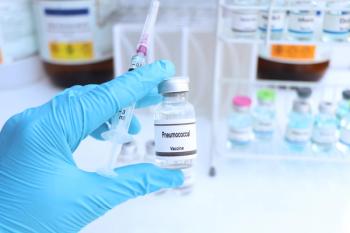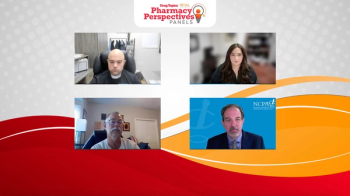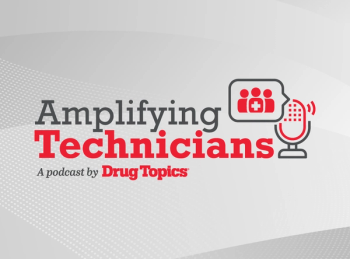
Q&A: Training, Support Key to Pharmacist Confidence with CGMs
Targeted education and hands-on experience are helping pharmacists gain the confidence needed to guide patients in continuous glucose monitoring.
Pharmacists’ comfort with continuous glucose monitors (CGMs) varies widely, shaped by training, exposure, and experience. With devices evolving rapidly, staying current can be a challenge. Expanding pharmacy curricula, investing in continuing education, and leveraging manufacturer resources can strengthen pharmacist confidence, ensuring patients receive the guidance they need for effective CGM use.
Drug Topics® recently sat down with Morgan Stewart, PharmD, BCACP, BC-ADM, clinical associate professor of pharmacy practice at the University of Texas at Austin, to discuss how confident most pharmacists are when it comes to explaining CGM technology, what contributes to that comfort or discomfort, and strategies or tools that can help pharmacists stay up to date with evolving CGM technology and best practices.
Drug Topics: How confident are most pharmacists when it comes to explaining CGM technology and what contributes to that comfort or discomfort?
Morgan Stewart, PharmD, BCACP, BC-ADM: This can definitely vary widely by pharmacists and a lot of factors can play a role there, whether it's they've had a personal experience with a family member or friend using these devices, or whether they learn these devices in school. There is a trend recently where [CGMs] are even more accessible, but historically, we didn't teach this in the curriculum. We did not teach diabetes technology. We taught glucometers and point of care testing, but diabetes technology really isn't a required component of any current curriculum in our PharmD curriculum. I think that's two big pieces. Also, the fact that these products are rapidly evolving. This is my area of specialty, and every 6 to 12 months, something new comes out, whether it's an upgrade from a current device. It’s just rapidly evolving.
I think the turnover in the market definitely also keeps it hard for pharmacists to stay up to date with this niche technology. The factors that contribute to that comfort or not is just how much they've been exposed. Maybe they're at a store where they have a lot of people coming in to get these devices. They see them, they're familiar with them. Whereas, let's say you're infrequently dispensing this certain product or this certain brand, it's highly possible that they would feel way less comfortable. If someone's gone to a continuing education event for it, there is a lot of data right now in the literature of if someone in pharmacy school places a device and they wear one themselves, they're way more likely to be more comfortable with the product. I know there's a lot of efforts in the pharmacy space to get more providers, not just pharmacists, but providers in general, exposed to these devices and actually apply them and wear them to be able to learn the nuances of these devices.
Drug Topics: What strategies or tools can help pharmacists stay up to date with evolving CGM technology best practices?
Stewart: If you ever have the opportunity to attend any continuing education about it. I'm very encouraged that I see large organizations, one recently that I've seen a ton of advocacy efforts is APhA, they have a whole handbook of implementing CGM into workflows. They also have a whole continuing education that really focuses on that practical, real world counseling. They have different quick guides as well. The manufacturers themselves are really investing in opportunities to provide that education. There's now actually an entire conference dedicated to diabetes technology that happens every year. More and more opportunities are coming up.
[Another] big thing is potentially employers sponsoring their pharmacist to be able to go and get these education opportunities. That would be huge. Leaning on your peers as well. One thing about pharmacists is we are incredibly good about connecting with our community and sharing best practices and resources. Connecting with your colleagues, asking questions, reaching out to manufacturers. I know the manufacturers that I have interacted with have been really great about getting educational devices, getting resources for patients, answering questions as they come up. Those are all kind of for individuals who are in practice right now. Even going a step further, and starting at the point of pharmacy education, integrating these technologies into pharmacy curricula so that new graduates who go out into the workforce have a solid foundation.
READ MORE:
Ready to impress your pharmacy colleagues with the latest drug information, industry trends, and patient care tips? Sign up today for our
Newsletter
Pharmacy practice is always changing. Stay ahead of the curve with the Drug Topics newsletter and get the latest drug information, industry trends, and patient care tips.






































































































































